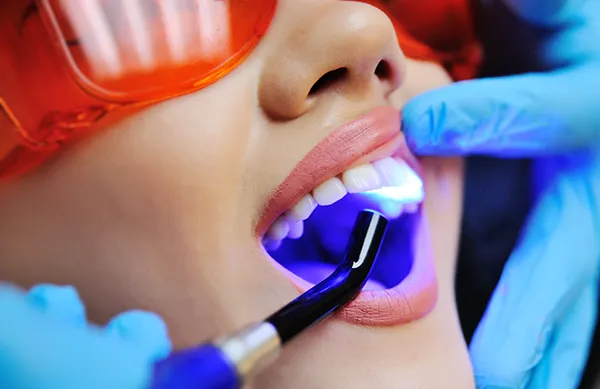Dental Sealants Spokane Valley WA A dental sealant is a thin liquid covering that is coated onto the chewing part of your molar or premolar. At Coulter Family Dentistry, we specialize in dental sealants in Spokane. Our dentists are highly experienced in treating tooth decay and other oral health issues and can help guide you through the process at Spokane Valley, WA. A dental sealant is a thin liquid covering that is coated onto the chewing part of your molar or premolar. At Coulter Family Dentistry, we specialize in dental sealants in Spokane. Our dentists are highly experienced in treating tooth decay and other oral health issues and can help guide you through the process at Spokane Valley, WA.What is a Dental Sealant Made of?A dental sealant is created from a variety of components that are regarded as safe and non-toxic. Glass ionomers or glass powder mixed with a properly prepared water-soluble acid are examples of these materials. Our Spokane Valley dentists offer another type of dental sealant made from resins, whether synthetic or plant-based, and these are equally effective at protecting your teeth. Once prepared, the sealant is carefully placed on the back teeth, specifically the chewing surfaces of the molars or premolars, to provide an extra layer of cavity prevention. Purpose of a Dental SealantThe primary goal of using dental sealants for children and adults is to protect teeth from germs that might cause illness or, worse, cavities. Because food tends to stay in the small gaps and grooves on top of the molars, disease-causing bacteria target them first. By applying dental sealants in Spokane, we create a protective barrier that prevents germs from attacking and infecting your teeth. The sealant smoothens the surface of molars and premolars, promoting long-term oral health. Who Should Get Dental Sealants in Spokane Valley?It is recommended that both adults and children use dental sealants to safeguard their teeth from germs and cavities that might impair their oral health in the future. Even people with no dental fillings might benefit from dental sealants in Spokane to safeguard their molars. Aside from that, anyone who is prone to poor oral health or tooth decay owing to medical concerns such as GERD should have dental sealants to protect their molars from plaque buildup and tooth decay. Because dental sealants are so successful, even children as young as six years old are encouraged to obtain dental sealants to protect their teeth against dental caries. Investing in a dental sealant makes sense for several reasons, including preventing cavities and the accumulation of bacteria that cause illness. Additionally, applying dental sealants is a really simple procedure. During a normal exam, your dentist will thoroughly clean your molars or premolars before gently applying the sealant. Cleaning the teeth before applying the dental sealant will guarantee that it adheres correctly to the tooth's chewing surface and fills in any crevices where bacteria may become trapped and cause cavities. Another great reason to use dental sealants is that molars are more difficult to clean because of their deeper surface depressions and grooves. Brush bristles are limited in their ability to reach all of the grooves and depressions on the chewing surfaces of your teeth, no matter how carefully you brush. Most hard-to-reach areas are ideal for food particles and plaque to accumulate. Additionally, food waste and germs are more likely to accumulate in these deep locations. These deep grooves will eventually cause some degree of dental deterioration in a tooth. Dental sealants shield these susceptible regions from developing decay. Schedule an Appointment for Your Dental SealantsIf you or your child need dental sealants in Spokane Valley, give Coulter Family Dentistry a call. We will be happy to schedule you a dental cleaning and exam and a dental sealant application. You can make your appointment at (509) 209-8747. |
 PhoneHoursMon: 6:30am - 4:00pm Tue - Thu: 6:30am - 3:30pm Friday, Saturday, and Sunday Closed |